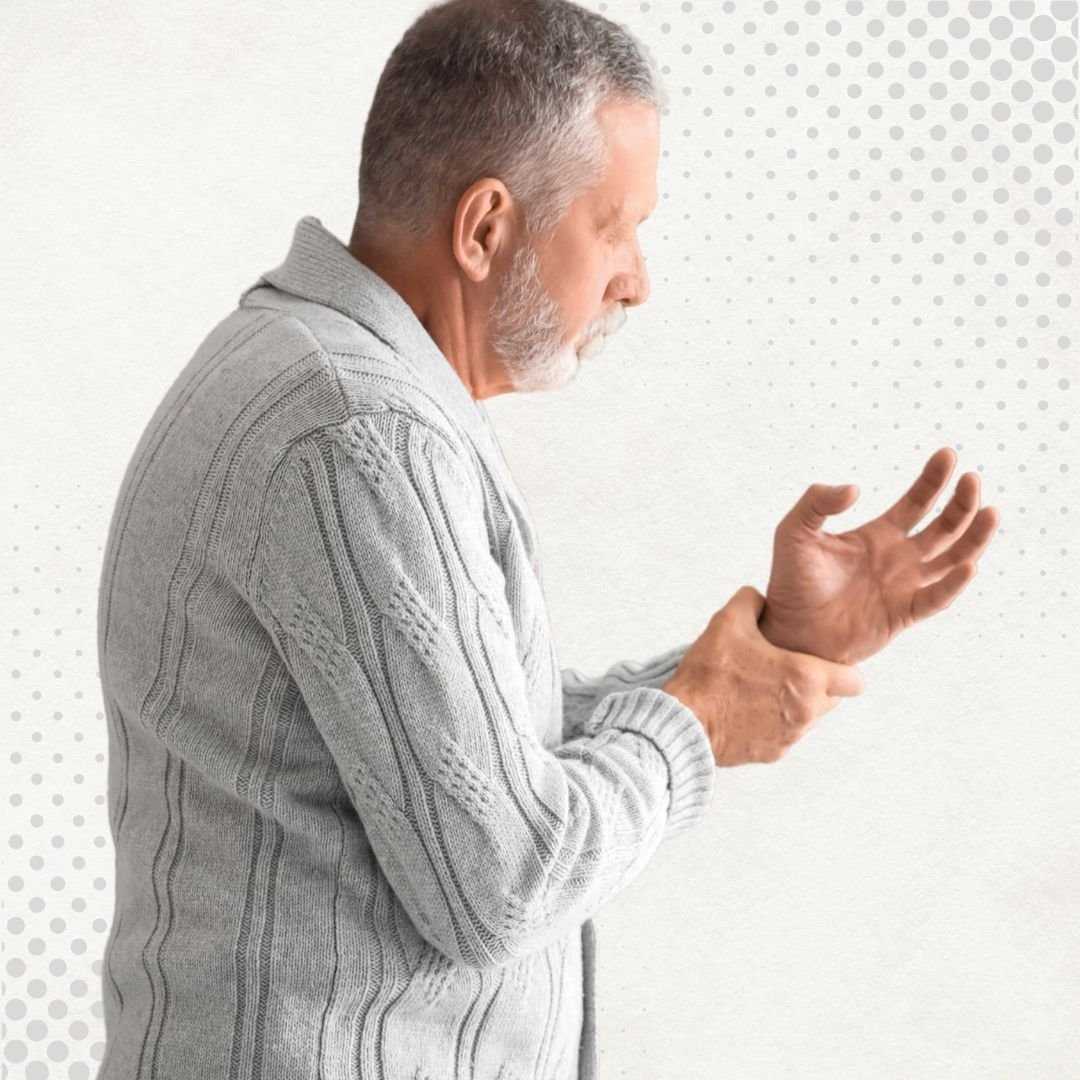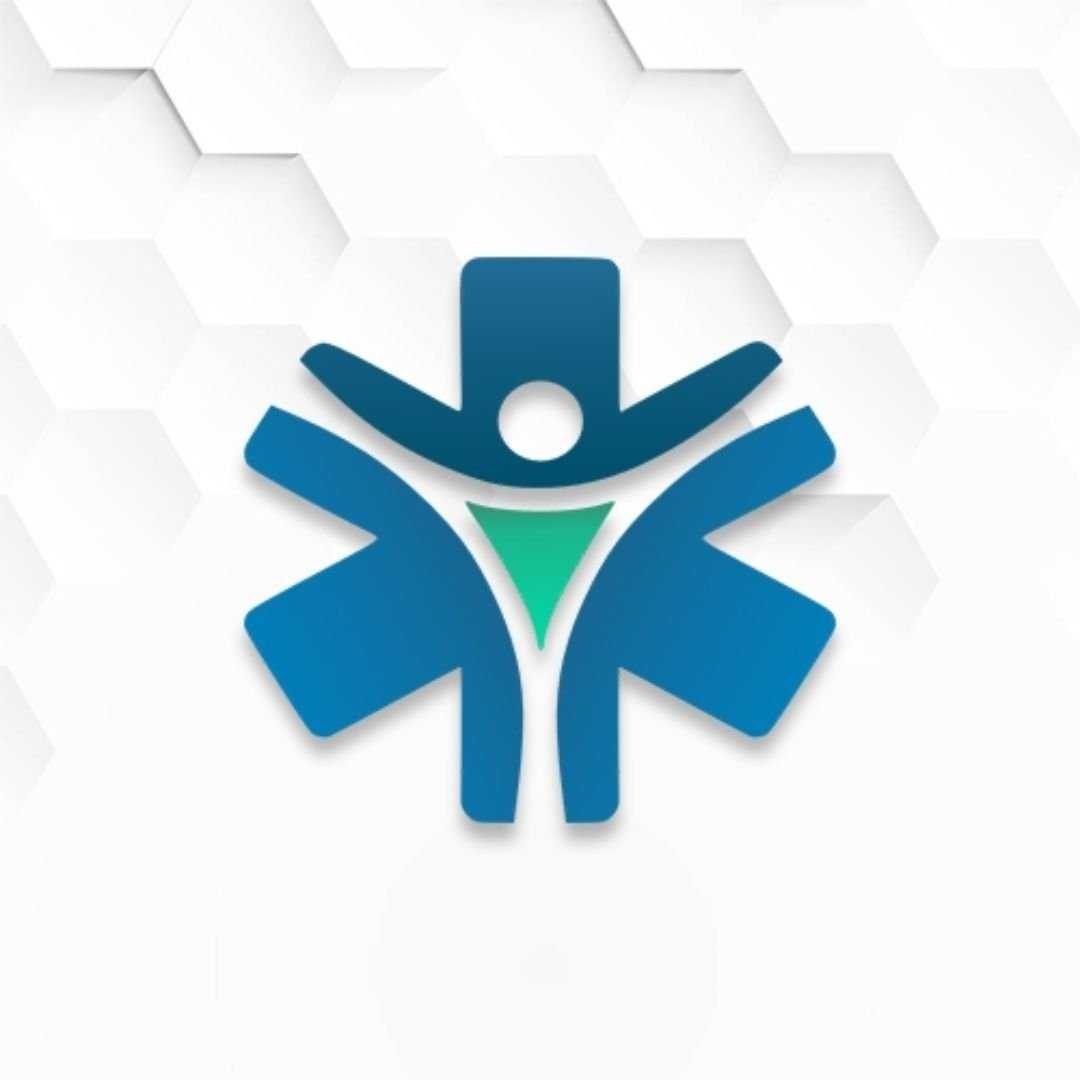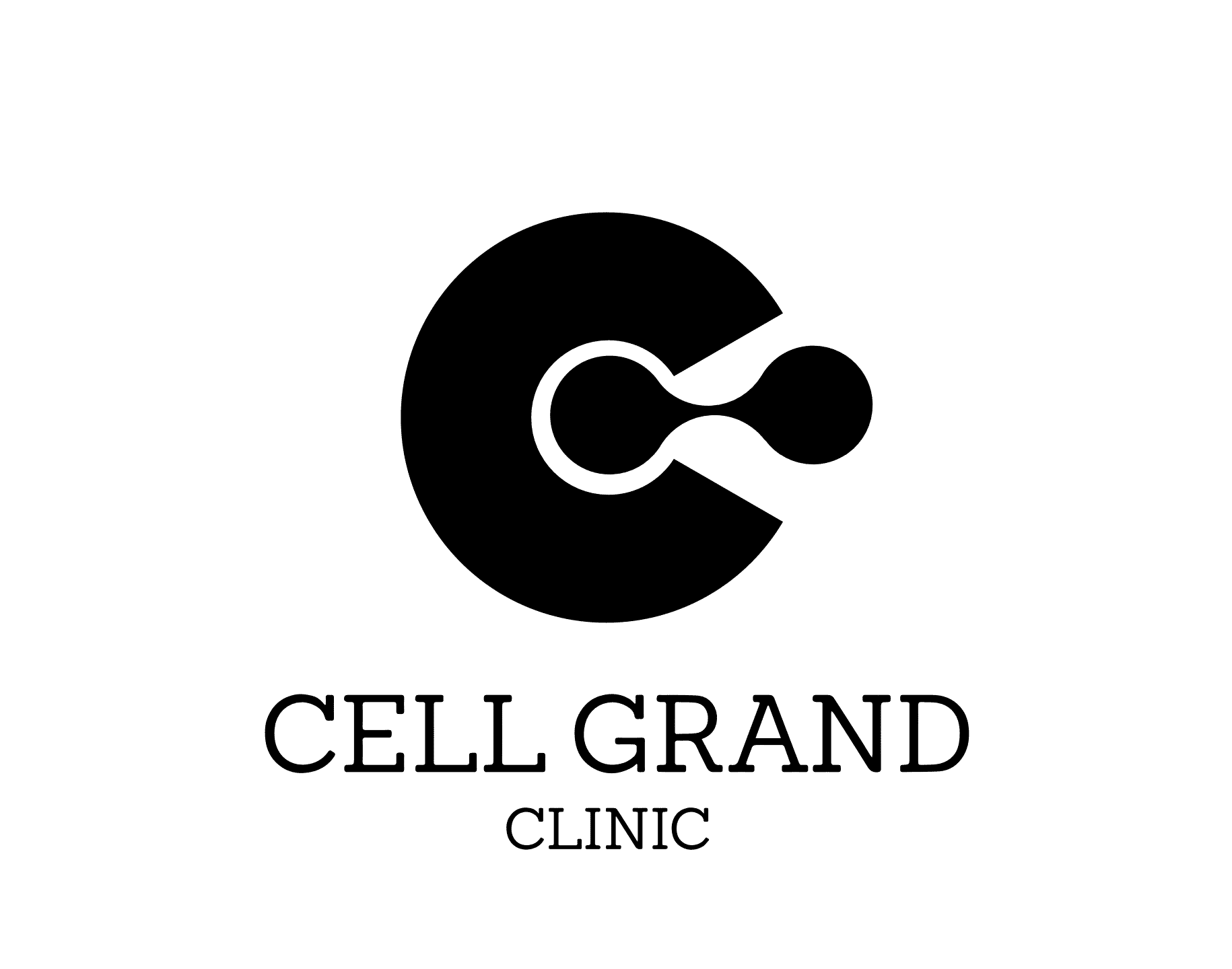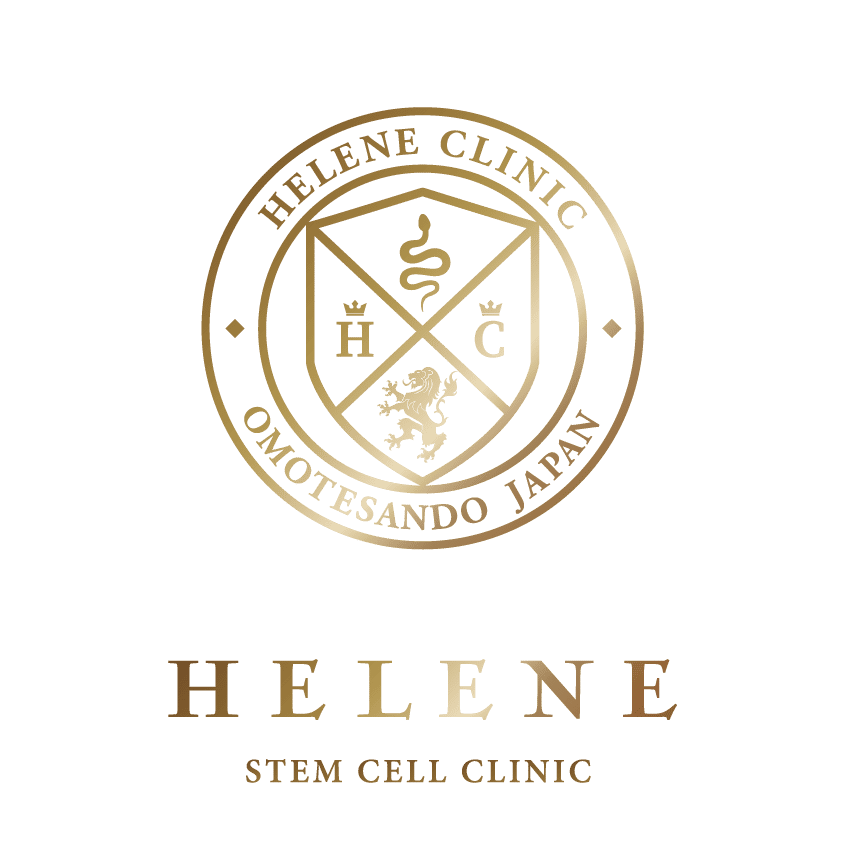.png)
Key Takeaways
-
Japan is a global leader in regenerative medicine, offering the world's first government-approved stem cell product (Stemirac®) specifically for spinal cord injury treatment.
-
Treatment involves a multi-step process: harvesting autologous (patient's own) mesenchymal stem cells from bone marrow, culturing them for 3-4 weeks to reach 50-200 million cells, and administering them intravenously or intrathecally.
-
Comprehensive packages typically include medical visa assistance, cell harvesting, expansion, administration, hospital stay, and initial rehabilitation guidance.
Estimated Stem Cell Therapy Package Costs by Country:
-
Japan (Premium Regulatory Standard): $15,000 – $45,000 USD
-
South Korea (Advanced Medical Technology): $12,000 – $30,000 USD
-
Mexico (Cost-Effective Option): $8,000 – $20,000 USD
-
Turkey (All-Inclusive Hub): $7,000 – $15,000 USD
What is Stem Cell Therapy for Spinal Cord Injury in Japan?
Japan uses advanced regenerative technology, specifically expanding autologous mesenchymal stem cells (MSCs), to repair damaged neural tissue and restore function in spinal cord injury patients.
Stem cell therapy in Japan for Spinal Cord Injury (SCI) focuses on repairing the injured spinal cord by introducing Mesenchymal Stem Cells (MSCs) into the patient's body. Unlike traditional treatments that only manage symptoms, this regenerative approach aims to restore lost functions such as sensation, motor movement, and bowel/bladder control.
The procedure relies on the "homing effect," where injected stem cells migrate to the site of injury. Once there, they release neurotrophic factors that reduce inflammation, protect surviving neurons, and stimulate the regeneration of damaged axons. Japan’s unique regulatory framework, specifically the PMD Act, allows for "conditional approval" of these therapies, giving patients faster access to cutting-edge treatments like Stemirac® while clinical data is still being collected.
How the Procedure Works
The process is divided into two visits separated by a 3-4 week culture period, ensuring the patient receives a high dose of their own potent cells.
-
Evaluation & Harvest (Visit 1): Patients undergo MRI screening and blood tests. Under local anesthesia, a small amount of bone marrow (approx. 15-20ml) is aspirated from the iliac crest (hip bone).
-
Cell Culture (Lab Phase): The patient returns home while the clinic’s Cell Processing Center (CPC) isolates and expands the stem cells. This takes 3-4 weeks to grow the cell count from thousands to roughly 50 million to 200 million cells.
-
Administration (Visit 2): The patient returns to Tokyo or Osaka. The expanded cells are administered via intravenous (IV) drip or intrathecal injection (lumbar puncture), taking 30-60 minutes.
-
Rehabilitation: Post-treatment physical therapy is crucial to "train" the new neural connections.
Candidacy: Who Qualifies for Treatment?
Ideal candidates are those with stable injuries who do not have active infections or cancer, with the best results often seen in subacute cases (2-4 weeks post-injury).
Not everyone is eligible for Stem Cell Treatment for Spinal Cord Injury in Tokyo Japan. Japanese clinics adhere to strict exclusion criteria to ensure safety.
Key Eligibility Criteria:
-
Injury Type: Both Complete (ASIA A) and Incomplete (ASIA B-E) injuries are treated, though incomplete injuries often show faster progress.
-
Timing: While acute/subacute patients respond best, chronic patients (injury > 12 months) can still benefit, though outcomes may be more modest.
-
Age: Generally 16 to 75 years old.
-
Health Status: Must be free of infectious diseases (HIV, Hepatitis), cancer, and severe organ failure.
|
Patient Profile |
Suitability |
Expected Outcome |
|---|---|---|
|
Subacute (2 weeks - 6 months) |
High |
Highest potential for significant motor recovery. |
|
Chronic (> 12 months) |
Moderate |
Focus on restoring sensation, bladder function, and trunk stability. |
|
Complete Injury (ASIA A) |
Moderate |
Goal is often to convert to Incomplete status (gain sensation). |
Cost of Stem Cell Therapy for Spinal Cord Injury in Japan
Treatment in Japan typically ranges from $15,000 to $45,000 USD, reflecting the high cost of rigorous safety testing, cell culture in certified labs, and medical visa support.
The cost of Regenerative Medicine for Paralysis Osaka or Tokyo is higher than in other medical tourism hubs due to Japan's "Japan Quality" safety standards. Every batch of cells undergoes genetic stability testing to prevent tumor formation, a safety step often skipped in cheaper destinations.
Detailed Cost Breakdown (Average Package):
-
Initial Consultation & Screening: $500 – $1,500
-
Cell Harvesting & Processing: $8,000 – $12,000
-
Cell Expansion (Culture) & Safety Testing: $5,000 – $10,000
-
Therapy Administration (Infusion): $3,000 – $6,000
-
Hospital Stay (1-3 nights): $1,000 – $3,000
-
Medical Visa Support & Translation: $1,000 – $2,000
-
Total Estimated Package: $18,500 – $34,500+
Did You Know? Some clinics in Japan offer "Freeze Banking," allowing you to store extra cells from your first harvest for future booster treatments at a reduced cost (approx. $5,000 - $8,000 per subsequent infusion).
Cost Comparison with Other Destinations
|
Country |
Average Price (USD) |
Regulatory Level |
Key Advantage |
|---|---|---|---|
|
Japan |
$15,000 - $45,000 |
High (Govt. Approved) |
Safety, standardized cell quality, proven protocols. |
|
South Korea |
$12,000 - $30,000 |
High |
Advanced tech, often combines with intensive rehab. |
|
Mexico |
$8,000 - $20,000 |
Moderate |
Proximity to US, high cell counts allowed. |
|
Turkey |
$7,000 - $15,000 |
Moderate |
All-inclusive packages (hotel + transport included). |
|
USA |
$50,000 - $100,000+ |
Variable (Clinical Trials) |
Local access, but largely unapproved/experimental. |
Success Rates and Clinical Outcomes
Clinical trials in Japan have shown that over 90% of subacute patients improve by at least one level on the ASIA impairment scale, though chronic results vary.
Data from the approval studies for Stemirac Therapy Cost Japan and other academic trials (like those at Keio University) provide a realistic picture of success.
-
Motor Function: Approximately 60-70% of patients report improved motor control, such as regaining the ability to move toes, fingers, or trunk muscles.
-
Sensory Recovery: Over 80% of patients report improvements in sensation (hot/cold, touch) and a reduction in neuropathic pain.
-
Autonomic Function: Improvements in bladder and bowel control are frequently reported, which significantly enhances quality of life.
Expert Insight: Dr. Jeffery Weiss (General Expert Note): "Stem cells are not a magic wand that instantly cures paralysis. They are 'facilitators' that open a window of neuroplasticity. The patient must utilize that window with aggressive physical therapy to see real results."
Risks and Side Effects
The use of autologous (patient's own) cells minimizes rejection risk, with the most common side effects being temporary fever, headache, or injection site pain.
Because the treatment typically uses Autologous Mesenchymal Stem Cells, the risk of immune rejection is virtually zero. Japan’s strict processing standards further reduce contamination risks.
Potential Side Effects:
-
Common: Low-grade fever (24-48 hours), headache, soreness at the bone marrow harvest site.
-
Rare: Infection at injection site, allergic reaction to preservation agents (if cryopreserved cells are used).
-
Theoretical: Tumor formation (though Japan's specific genetic testing protocols are designed to identify and discard abnormal cells before infusion).
Alternatives to Treatment in Japan
Patients often consider South Korea for similar advanced technology or Mexico for higher cell dosages at a lower price point.
If the Stem Cell Treatment for Spinal Cord Injury Kyoto or Tokyo options are out of budget or logistical reach, other destinations offer viable alternatives:
-
South Korea: Offers similar high-tech "culture-expanded" stem cell therapies. Clinics in Seoul often pair stem cells with intensive robotic rehabilitation.
-
Mexico (Tijuana/Guadalajara): Popular for US patients. Regulations allow for very high doses (300M+ cells) and often use donor umbilical cord cells, which eliminates the need for a harvest surgery.
-
Turkey (Istanbul): Excellent for patients from Europe/Middle East. Offers "all-inclusive" medical tourism packages that handle every logistical detail.
Frequently Asked Questions (FAQ)
Can stem cell therapy cure paralysis completely?
While "cure" is a strong word, stem cell therapy can significantly improve quality of life. Many patients regain sensation, bladder control, and some motor function. In rare, highly successful cases (usually subacute), patients have progressed from wheelchair-bound to walking with assistance, but results vary by individual.
Why is stem cell therapy for spinal cord injury cheaper in Turkey than Japan?
Labor and operational costs are lower in Turkey. Additionally, Japan's cost includes rigorous, government-mandated safety testing and genetic screening of the cells, which adds a premium to the price but ensures a higher safety standard.
How long do I need to stay in Japan for treatment?
The standard protocol requires two trips. The first trip is 3-5 days for screening and harvesting. You then return home for 3-4 weeks. The second trip is 5-7 days for the cell infusion and observation. Total time in Japan is roughly 10-12 days split over two visits.
Is the treatment in Japan FDA approved?
It is approved by the Japanese Ministry of Health under the PMD Act, which is the Japanese equivalent of the FDA. It is not US FDA approved, as the FDA has not yet approved expanded stem cell products for SCI in the United States.
Does insurance cover stem cell therapy in Japan?
Generally, no. International health insurance and US Medicare do not cover regenerative medicine abroad. It is an out-of-pocket expense, though some medical financing companies may offer loans for medical tourism.
What is the best city for stem cell treatment in Japan?
Tokyo and Osaka are the primary hubs. Tokyo hosts many university-affiliated clinics and top research centers, while Osaka and Kyoto also have specialized regenerative medicine clinics licensed for these procedures.
How many stem cells are injected for spinal cord injury?
Japanese protocols typically aim for 50 million to 200 million cells. This count is considered the "therapeutic dose" required to see significant anti-inflammatory and regenerative effects in the spinal cord.
Ready to Explore Your Options?
Navigating the world of regenerative medicine can be overwhelming. Whether you are looking for the rigorous safety standards of Japan or the cost-effective packages in Turkey or Mexico, PlacidWay can help.


.png)




.jpg)

.png)
.png)





Share this listing